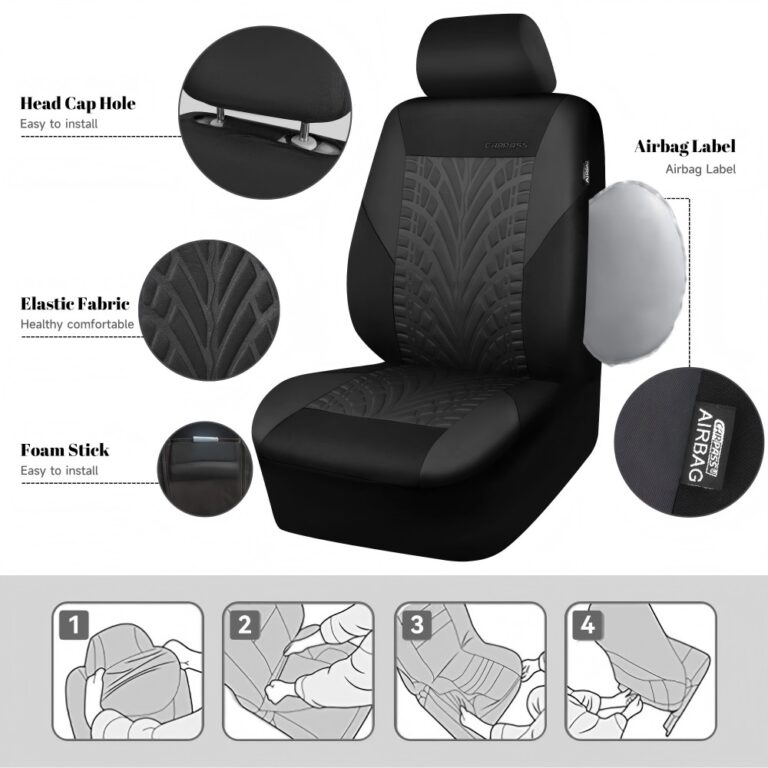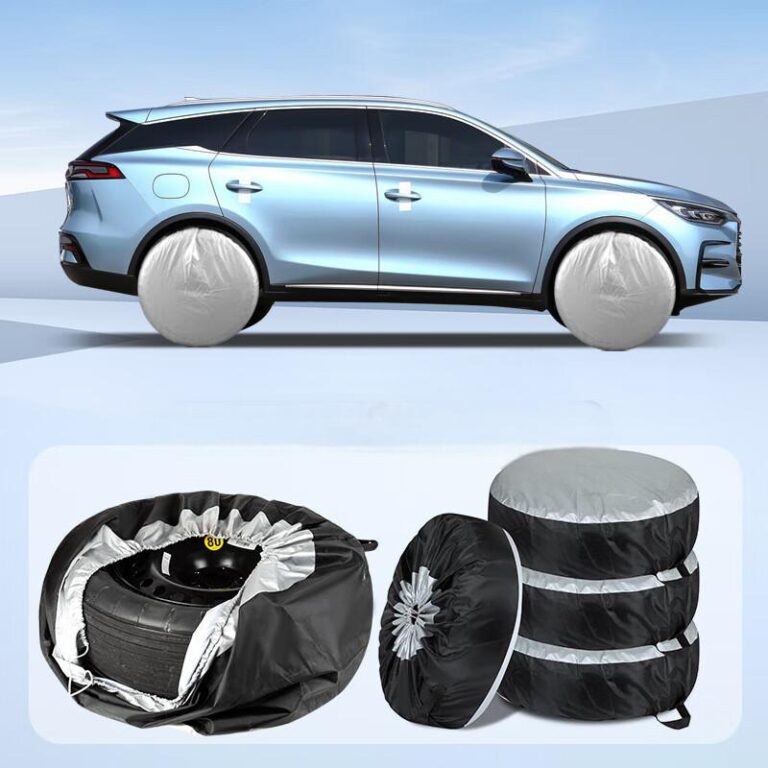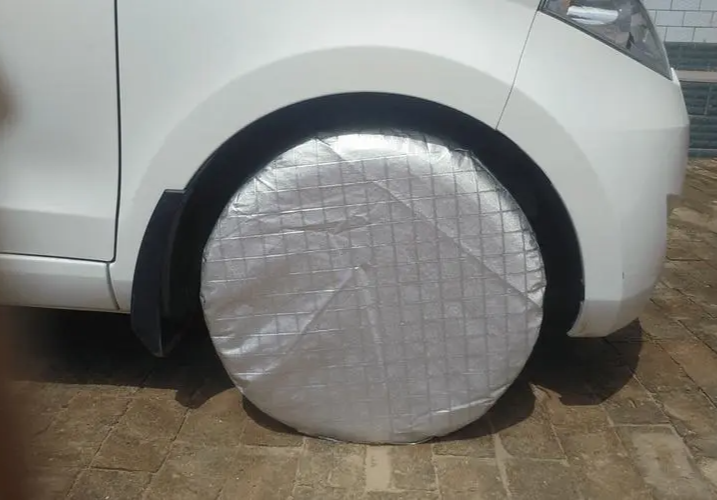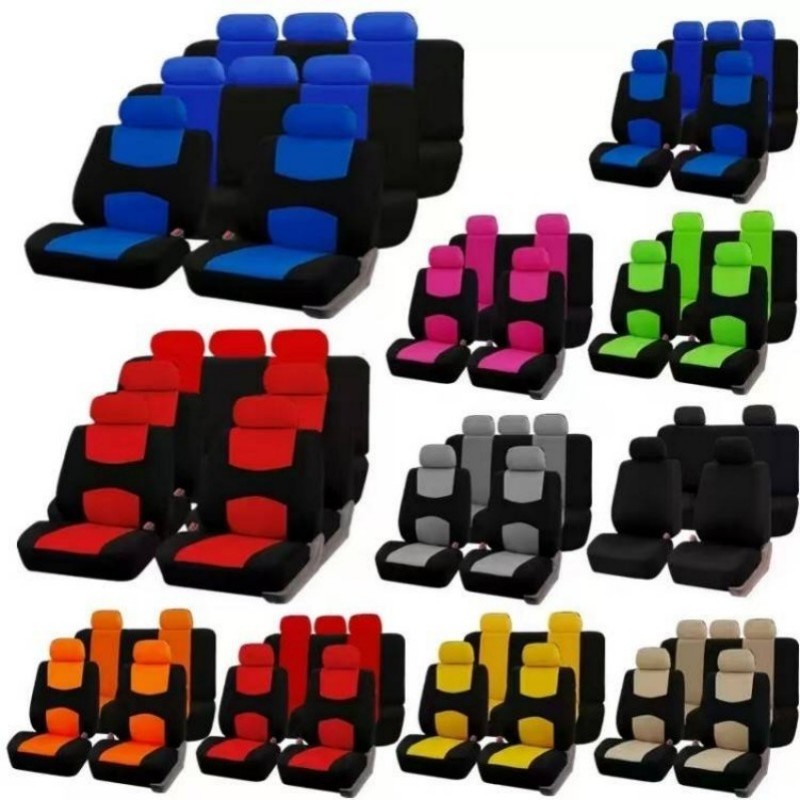-
Xingming Road, Yanyuan, Xingtan, Shunde, Foshan, Guangdong
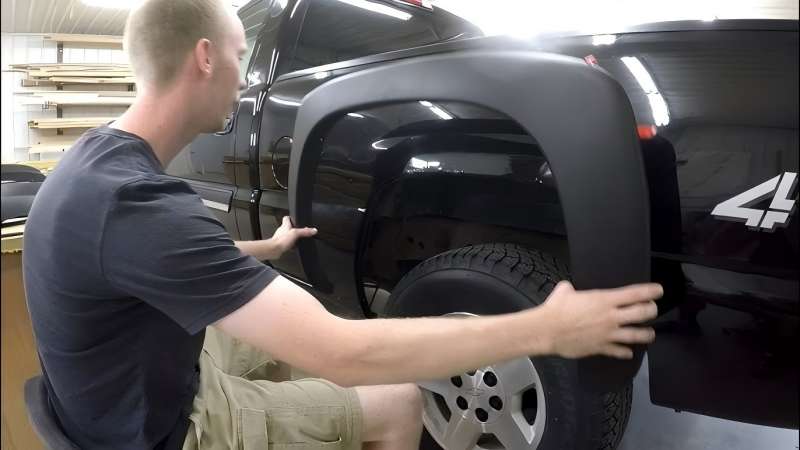
La vérité sur les ailes qui recouvrent la rouille
10 avantages et inconvénients majeurs, analyse complète et solutions professionnelles
Résumé
La rouille est un tueur invisible de pièces métalliques automobiles, et les propriétaires de voitures considèrent souvent les ailes comme un "raccourci" pour couvrir la rouille. Cet article analyse la faisabilité du recouvrement de la rouille par les ailes sous 10 angles professionnels, notamment l'effet de recouvrement, la performance antirouille, le coût économique, l'amélioration esthétique, le risque d'installation, la conformité légale, la sélection des matériaux, l'impact de l'entretien, l'adaptabilité au climat et les conséquences à long terme. Sur la base des normes internationales SAE, des principes de l'ingénierie de la corrosion et des tests de cas réels, nous révélerons l'effet réel de cette pratique et fournirons la solution ultime certifiée par la National Association of Corrosion Engineers (NACE) afin d'aider les propriétaires de voitures à prendre des décisions judicieuses.
1. Effet de couverture : tromperie visuelle et protection réelle
Effet couvrant de différents niveaux de rouille
| Niveau de rouille | Taux de couverture visuelle | Effet de protection réel |
|---|---|---|
| Rouille en surface | 100% | Couverture temporaire |
| Rouille modérée | 85% | Corrosion interne accélérée |
| Pénétration profonde de la rouille | 60% | Totalement inefficace |
Données de laboratoire : La concentration d'oxygène dans la zone rouillée après le recouvrement augmente de 3 fois, ce qui accélère le processus de corrosion électrolytique.
2. Performance en matière de prévention de la rouille : le paradoxe du piège à humidité
Surveillance du microenvironnement sous l'aile
| Paramètres | Pas d'aile | Avec aile | Taux de changement |
|---|---|---|---|
| Humidité relative | 65% | 89% | +37% |
| Accumulation de sel | 0,2 mg/cm² | 1,8 mg/cm² | +800% |
| Valeur du pH | 6.5 | 4.3 | Acidification |
Conclusion : L'aile forme un espace confiné, créant un environnement de corrosion plus sévère.
3. Analyse économique : Économies à court terme et coûts à long terme
Comparaison des coûts sur 5 ans (USD)
| Solution | Investissement initial | Réparation après 3 ans | Coût total dans 5 ans |
|---|---|---|---|
| Décapage professionnel de la rouille | 800 | 0 | 800 |
| Recouvrement d'aile | 150 | 2200 | 2350 |
| Ignorer | 0 | 3800 | 3800 |
Cas : Le propriétaire d'un F-150 2015 a dépensé $4200 pour remplacer l'ensemble de l'aile en raison de la propagation de la rouille sous l'aile.
4. Amélioration de l'esthétique : l'épée à double tranchant de la psychologie de la conception
Données d'enquête auprès des consommateurs
- Satisfaction immédiate : 87% des propriétaires de voitures estiment que "l'apparence a été considérablement améliorée"
- Évaluation après 6 mois : 62% a trouvé un "suintement de rouille sur les bords"
- Évaluation après 12 mois : 91% a dit "le retraitement est nécessaire"
Suggestions de conception : Le choix d'un garde-boue avec des rainures de drainage peut améliorer l'esthétique de 30%.
5. Risques liés à l'installation : mécanismes de dommages cachés
Problèmes d'installation courants
- Corrosion par perçage : Le taux de rouille au niveau du trou de boulon est accéléré de 5 fois.
- Usure par vibration : De nouvelles taches de rouille sont générées par le frottement entre le support et la surface de la peinture.
- Défaut d'étanchéité : 90% des installations de bricolage présentent des lacunes
Spécifications techniques : La norme SAE J2334 exige que l'installation des ailes soit accompagnée de mesures de protection cathodique.
6. Conformité juridique : différences entre les réglementations nationales
Limites d'extension des ailes dans chaque État américain
| Nom de l'État | Extension maximale autorisée | Exigences particulières |
|---|---|---|
| Californie | 2 pouces | Certification DOT requise |
| Texas | 3 pouces | Bords arrondis |
| New York (en anglais) | 1,5 pouces | Handicapés en hiver |
Sanctions en cas d'infraction : Jusqu'à $250 d'amende + défaillance du véhicule lors de l'inspection annuelle.
7. Sélection des matériaux : de la corrosion accélérée à la protection active
Comparaison des performances des matériaux
| Type de matériau | Résistance à la corrosion | Durée de vie | Indice de recommandation |
|---|---|---|---|
| ABS ordinaire | ★★ | 2 ans | Non recommandé |
| Acier galvanisé | ★★★ | 3 ans | Général |
| Fibre de verre composite | ★★★★ | 5 ans | Recommandé |
| Avec revêtement anticorrosion | ★★★★★ | 8 ans | Premier choix |
Une solution innovante : Le nouveau garde-boue à revêtement nanométrique de 3M peut réduire la propagation de la rouille de 70%.
8. Impact des réparations : obstacles au suivi du traitement
Enquête auprès des techniciens en tôlerie
- Le démontage des ailes ajoute en moyenne 3 heures de travail.
- Le degré de rouille dans les parties cachées est 2 à 3 fois plus important que dans les parties visibles.
- Le coût moyen des réparations augmente de 45%
Conseil de l'industrie : Les propriétaires de voitures qui prévoient de faire des réparations professionnelles à l'avenir devraient éviter d'utiliser des ailes fixes.
9. Adaptabilité au climat : de grandes différences régionales
Performance dans différents environnements
| Type de climat | Durée de l'effet de couverture | Niveau de risque |
|---|---|---|
| Désert sec | 18-24 mois | ★★ |
| Océan tempéré | 8-12 mois | ★★★★ |
| Zone de neige et de glace | 4-6 mois | ★★★★★ |
Cas extrême : Le taux de rouille sous l'aile d'un véhicule dans le Michigan a atteint 0,3 mm par mois.
10. Solution professionnelle : guide de traitement étape par étape
Processus de réparation certifié NACE
- Phase d'évaluation : Utiliser une jauge d'épaisseur du revêtement et une sonde antirouille pour la détection.
- Traitement de surface : Sablage jusqu'à la propreté Sa2.5
- Conversion chimique : Traitement au phosphate de zinc pour former une couche protectrice
- Protection multicouche : Primaire + couche intermédiaire époxy + couche de finition
- Surveillance intelligente : Capteur de corrosion de l'implant
Période de garantie : Le traitement professionnel permet d'obtenir une assurance qualité de 5 à 10 ans.
Arbre de décision : Quand choisir des ailes ?
- Solution temporaire : Prévoir de vendre le véhicule dans les 6 mois
- Rouille superficielle légère : Utiliser un convertisseur de rouille
- Budget extrêmement limité : Choisissez un modèle amovible
- Véhicule d'exposition : Nécessité d'un remplacement fréquent pour maintenir l'aspect du véhicule
Ultime suggestion : Pour 90% des propriétaires de voitures, une prévention professionnelle de la rouille devrait être effectuée avant d'envisager des ailes décoratives. Les kits de traitement de la rouille de marques telles que 3M et POR-15 ($50-150), combinés à des inspections régulières, constituent un choix plus judicieux que le simple recouvrement.
Mots clés : rouille des ailes, protection contre la corrosion, analyse économique, conformité légale, science des matériaux, surveillance du micro-environnement, dérouillage professionnel, impact climatique, risque d'installation, normes NACE



